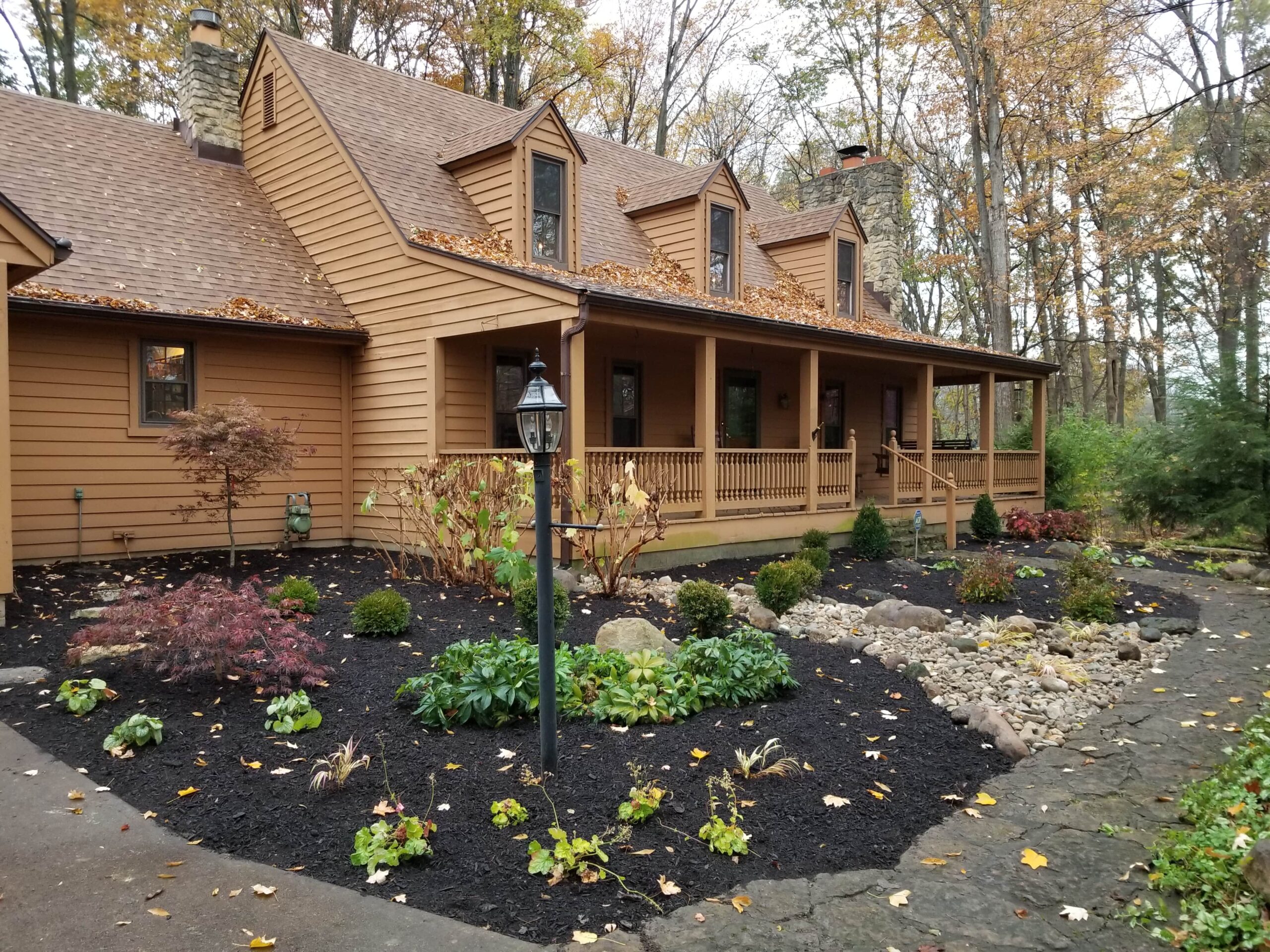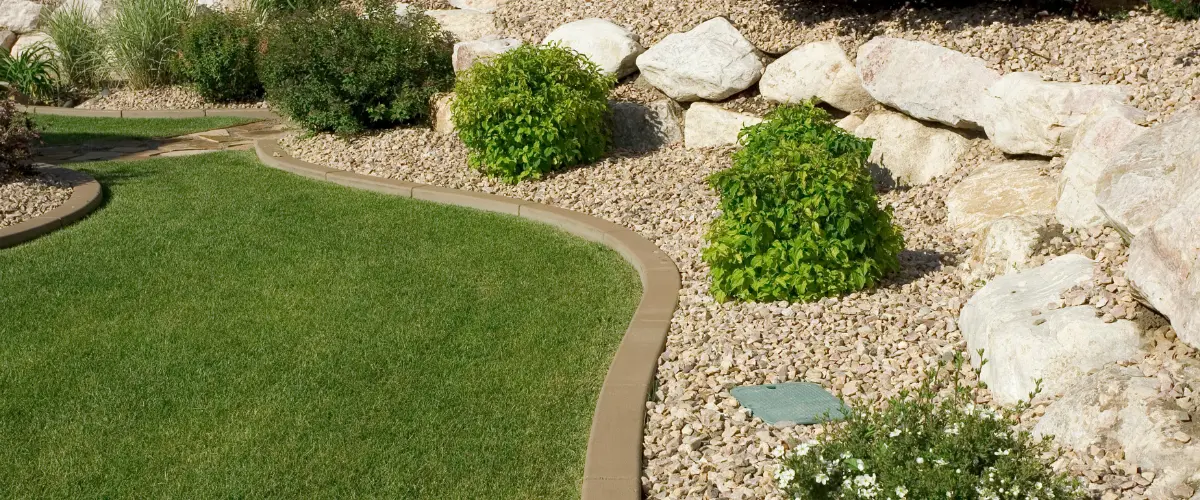Landscape Design: Producing Outdoor Spaces Involves Arranging Plants, Pathways, And Functions To Boost Natural Beauty And Performance
Tracing the Roots of Landscape Design
Have you ever roamed through a garden and felt transferred to another era? Landscape design isn't practically planting flowers; it's a story etched into the earth, shaped over centuries by culture, climate, and creativity. From the formal gardens of Renaissance Europe to the wild, naturalistic settings preferred by the English Romantic movement, the evolution of landscape style exposes humanity's shifting relationship with nature.
The Ancient Structures
Long before modern tools and digital strategies, early civilizations crafted landscapes with symbolic intent. The hanging gardens of Babylon, often hailed as a wonder of the ancient world, combined engineering marvel with rich plant to develop a sanctuary in the desert (Landscape Design). The Japanese zen gardens echo simplicity and meditation, proving that landscape design can be both practical and profound
Secret Turning Points in Landscape Design History
| Period | Particular | Notable Impact |
|---|---|---|
| Ancient | Significance and energy | Egyptian and Babylonian gardens |
| Renaissance | Proportion and order | Italian official gardens |
| 18th Century | Naturalistic, pastoral landscapes | English landscape gardens |
| Modern | Ecological level of sensitivity and development | Contemporary sustainable style |
Why Does This Matter Today?
Isn't it interesting how the concepts of landscape style from centuries ago still affect our yards and parks? When creating an area now, comprehending its historical context improves the procedure. For example, including components of proportion from the Renaissance can bring balance, while welcoming organic types lines up with today's environmental top priorities.
- Historical understanding informs product options and plant selection.
- Traditional layouts can mix with contemporary sustainability practices.
- Designs evoke emotional actions by using cultural memory.
Show on a garden you like-- does it whisper stories of past design movements or boldly declare new concepts? Landscape design is a living discussion in between history and development, where every course and plant tells a tale.
Unraveling the Principles That Shape a Landscape
Ever questioned why some gardens appear to whisper tricks while others shout turmoil? The answer depends on the principles of landscape style. Balance, rhythm, and unity are more than simply fancy copyright; they are the invisible threads weaving a tapestry that pleases the eye and soothes the soul.
Balance isn't simply about symmetry. Imagine a massive oak tree on one side and a cluster of fragile flowers on the other-- visual weight matters, not similar shapes. It's like a conversation where both voices are heard without subduing one another.
Elements That Bring Life to Your Outdoor Canvas
- Line: Guides the observer's eye, whether through a winding path or a row of hedges.
- Type: Shapes that produce structure; think about the contrast between round shrubs and angular rocks.
- Texture: The roughness of bark versus smooth leaves includes depth and intrigue.
- Color: Plays with state of mind-- cool blues relieve, while intense reds energize.
- Area: The breathing space that prevents overcrowding and mayhem.
Specialist Tips on Harmonizing These Elements
- Start by sketching your area, marking existing functions-- do not underestimate the power of a simple illustration.
- Usage repeating of shapes or colors to develop rhythm, but avoid dullness by introducing unforeseen centerpieces.
- Think about the seasons; what looks stunning in spring may vanish by fall-- evergreens can anchor your style year-round.
In my early projects, ignoring scale led to a garden overshadowed by towering trees, leaving no space for underplanting. Lesson found out: constantly procedure and imagine in three measurements. Does your design invite expedition or confusion? Mastering these landscape style components transforms spaces from mere plots of land into immersive experiences.
Exploring the Variety of Landscape Design Styles
Why settle for a cookie-cutter garden when the world of landscape style uses a spectrum of designs that can change a simple yard into a living work of art? From the structured beauty of official gardens to the wild, untamed beauty of naturalistic styles, each type welcomes a distinct story to unfold. Ever noticed how a Japanese garden whispers tranquility while a Mediterranean yard yells dynamic life?
Popular Styles & & Their Signature Elements
/filters:no_upscale()/media/33cec440-0542-4f83-b3e8-fa0451caff1c.jpeg)
- Formal: Symmetry reigns here, with clipped hedges and geometric patterns guiding the eye.
- Casual: Free-flowing lines and natural plant groupings simulate nature's randomness, making area feel unwinded and welcoming.
- Contemporary: Minimalist and streamlined, this design mixes hardscapes like concrete and steel with carefully picked plant.
- Rustic: Believe rough textures, native plants, and recovered materials that echo countryside charm.
- Tropical: Bold foliage and dynamic flowers develop an immersive, rich atmosphere perfect for warm environments.
Insider Tips for Selecting the Right Style
One trick frequently neglected: soil and climate dictate what flourishes, not just aesthetic appeals. Don't let the desire for unique plants undermine your design. Rather, welcome native types that need less water and care, lining up sustainability with style. Ever attempted layering textures and heights to produce depth? A simple technique like planting decorative lawns behind much shorter perennials can breathe life into flat landscapes.
Table: Design Characteristics vs. Practical Considerations
| Design | Maintenance Level | Best For | Key Products |
|---|---|---|---|
| Official | High | Traditional homes, public gardens | Boxwood, stone, gravel |
| Informal | Moderate | Household backyards, natural settings | Native plants, mulch, wood |
| Contemporary | Low to moderate | Urban spaces, modern homes | Concrete, metal, succulents |
| Rustic | Low | Rural homes, cabins | Natural stone, wildflowers |
Ever fought with envisioning how a style might suit your space? Sketching or digital modeling can reveal subtleties hidden by the naked eye. Keep in mind, a cohesive landscape design isn't simply about plants; it's about creating an environment that seems like an extension of your own personality.

Accuracy Meets Creativity: Tools That Shape the Landscape
Ever attempted sculpting a work of art with blunt instruments? That's how landscape style feels without the best toolkit. From the modest measuring tape to sophisticated digital software, the toolbox of tools straight affects the final visual and performance of any job. A laser level can be a game changer when you need to guarantee perfect grade and drainage-- something every landscape designer consumes over but few clients notice.
Necessary Instruments for every single Landscape Designer
- Measuring tapes and stakes for precise spacing and layout
- Soil test kits to evaluate pH and nutrient levels, diving much deeper than simply "good dirt"
- Sketching tools: pencils and chart paper for early concept
- Digital design software application that mimics sunlight and shadow patterns over seasons
- Pruning shears and hand saws, vital for shaping living elements
Methods That Turn Soil into Stories
Do you understand why contouring a garden bed matters beyond visual appeals? It manages water runoff, minimizing disintegration and safeguarding root systems. It's a subtle art of balancing nature's impulses with human objective. When setting out paths, think about the natural walking patterns-- forcing rigid, straight lines typically backfires, both visually and functionally.
One lesser-known trick is utilizing xeriscaping strategies to produce drought-resistant landscapes. It's not practically conserving water; it's about weaving a durable tapestry that loves minimal here intervention. Integrate native plants and layer textures to build depth and year-round interest.
| Strategy | Function | Professional Suggestion |
|---|---|---|
| Terracing | Handle sloped land to prevent soil erosion | Use maintaining walls with natural stone for toughness and aesthetic harmony |
| Mulching | Retain wetness and reduce weeds | Organic mulches improve soil health as they decompose |
| Layering | Create visual interest and eco-friendly balance | Combine groundcovers, shrubs, and trees with staggered heights |

Creative Outside Areas in San Diego County
San Diego County is renowned for its diverse landscapes, extending from gorgeous coastal beaches to rugged inland mountains and extensive deserts. Home to over three million citizens, the area provides a vibrant mix of cultural destinations, outdoor activities, and natural charm. Popular locations include Balboa Park, understood for its gardens and museums, and the scenic Torrey Pines State Natural Reserve. The moderate, Mediterranean climate supports a wide range of plant life, making it an ideal location for ingenious and sustainable landscape design.
They encourage you to connect to California Landscape Development for a complimentary consultation and professional recommendations on landscape style, assisting you transform your outside location into a sensational and practical area.
 Mara Wilson Then & Now!
Mara Wilson Then & Now! Andrea Barber Then & Now!
Andrea Barber Then & Now! Matilda Ledger Then & Now!
Matilda Ledger Then & Now! Suri Cruise Then & Now!
Suri Cruise Then & Now! Atticus Shaffer Then & Now!
Atticus Shaffer Then & Now!